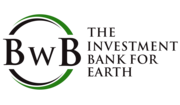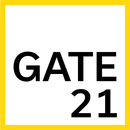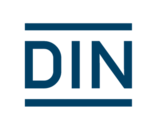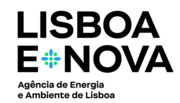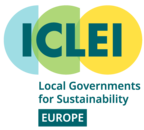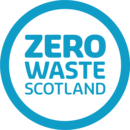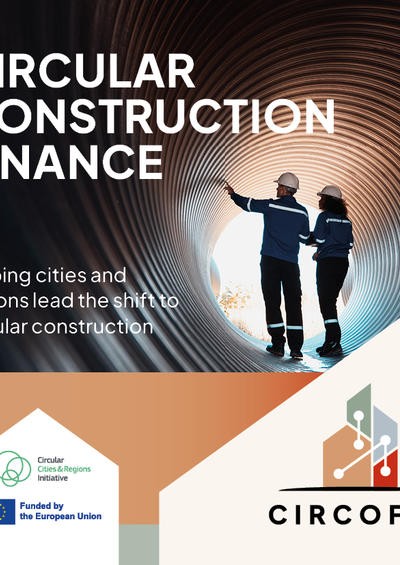
Project Overview
CirCoFin – Circular Construction Finance – is a Horizon Europe project designed to accelerate the circular transformation of the construction sector. It helps cities and regions across Europe create infrastructure and financial mechanisms to support the reuse of building materials. Central to the project are Circular Construction Hubs (CCHs), which combine a Physical Material Bank (PMB) with digital systems - Digital Marketplace (DM) - that enable material traceability and efficient logistics.
Across Europe, CCHs have yet to reach their full potential. CirCoFin aims to change that. The project shows that CCHs can become practical, scalable solutions that attract investment and offer real opportunities for cities, businesses, and financiers. CirCoFin’s showcase projects in Munich, Copenhagen, Lisbon, and Scotland will also prove that CCHs are not just sustainable but financially viable and ready to grow.
To support this, CirCoFin is creating a common step-by-step approach to developing CCHs that works across different cities and regions. This will be shared through the CCH Toolbox — a practical set of tools and templates that help cities plan, build, and operate their own hubs, covering everything from physical spaces and digital platforms to smart logistics and business models. All this will be made available in a CCH Cookbook, with clear examples and data that other cities can easily follow and adapt.
CirCoFin’s goal is to inspire other cities and regions across Europe to launch their own CCHs. Through this work, investors and public funding bodies will gain the knowledge and confidence to support future circular economy projects.
The project also contributes to shaping better policies and European standards to make it easier for circular construction to grow — creating a stronger foundation for CCHs to thrive in Europe’s cities and regions.
Project Objectives
1. Scale up circular construction logistic solutions
2. Deploy innovative local and regional financing schemes
3. Promote smarter use and reuse of natural resources
4. Cut pollution by rethinking materials and waste
5. Unlock the full value and opportunity of circular construction
6. Support greener transitions in cities, towns, and rural areas
7. Boost Europe's industrial sustainability and resource independence
The Showcase Cities
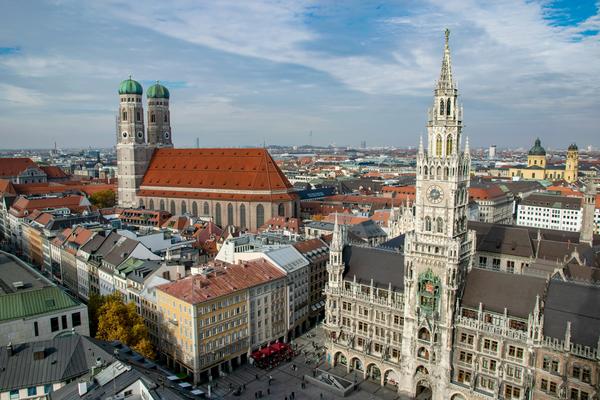
Munich
Munich is leading efforts to embed circular practices within its dense urban fabric. The showcase focuses on developing a city-scale CCH to support large-scale deconstruction and reuse in public housing and infrastructure projects. By integrating circular principles directly into public planning and procurement, Munich demonstrates how a major European city can use its own investment power to drive market transformation.
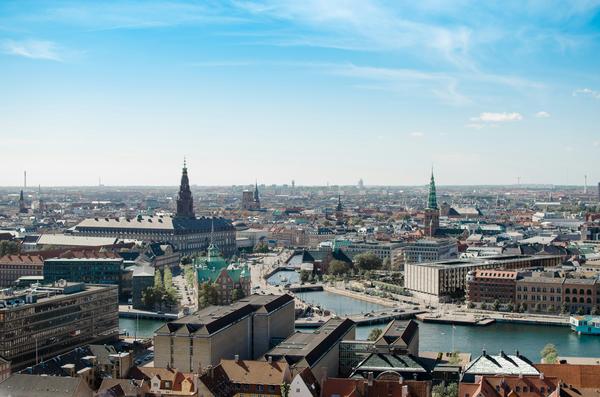
Greater Copenhagen
Denmark’s showcase combines a physical material hub with a comprehensive digital marketplace and building materials registry. These digital tools aim to make Greater Copenhagen a national frontrunner. By pioneering standards and processes for data-driven reuse and material traceability, the city positions itself as a European leader in the digital dimension of circular construction.

Lisbon
Lisbon’s showcase will integrate circularity into ongoing regeneration efforts. The project targets the reuse of materials from deconstruction and supports innovative business models involving local SMEs. With a strong focus on material banks and on-site reuse logistics, Lisbon demonstrates how circular construction can be embedded in urban transformation processes to create social, economic, and environmental value.

Scottish Central Lowlands
Scotland represents a regional approach, bringing together multiple cities and local authorities to scale circular construction practices across the country. It focuses on building collaborative models and shared infrastructure to support reuse markets in both urban and rural contexts. Scotland provides a replicable model for regions made up of smaller municipalities aiming to reach critical mass through cooperation.
CirCoFin is a city-led European consortium driving circular innovation in the built environment, with a focus on dismantling, reuse, refurbishment, and repair of existing building materialsbuilding stock. Spanning four diverse showcase regions—Munich, Copenhagen, Scotland, and Lisbon—the project brings together leading partners in circular construction, business and financial modelling, social sciences, and digital platform design:

